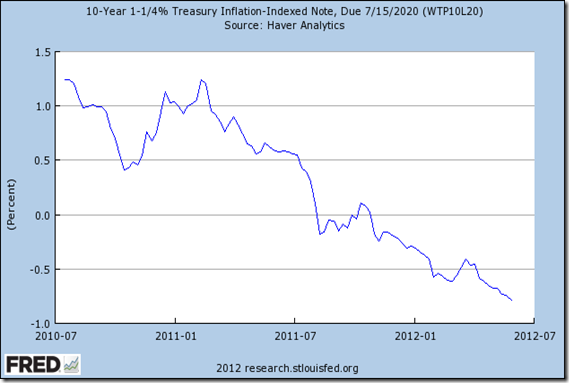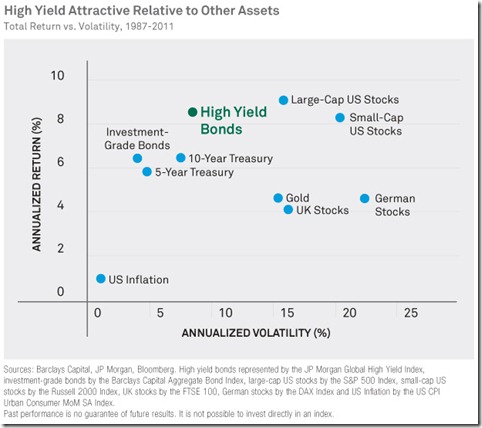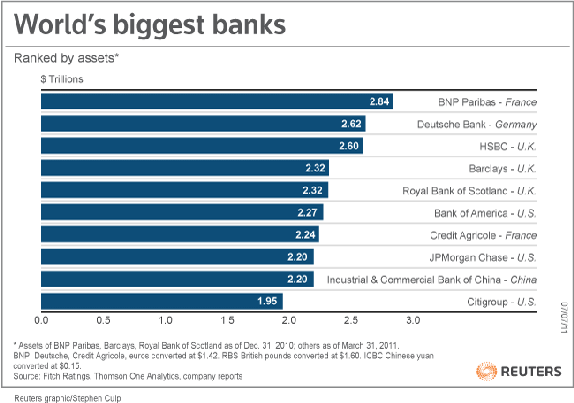I’ve been renovating my rental property this week and haven’t had enough time to pick a Blog Post of the Week! Instead, you get obscure ramblings from an over-caffeinated blogger….I’ll have a Blog Post of the Week! again next week for you. Have a great weekend!
I Never Wanted To Be A Landlord
When I was an advisor, I’d hear horror stories from my clients with tenants. Early on I learned that I probably didn’t have the stomach for some of the negotiation and strong-arming that it takes to work with tenants. I prefer REITs for my real estate exposure.
But, after my home didn’t sell when we moved to Texas, I realized that I had two choices: short sale or try my hand at tenants. I opted for choice #2. I wasn’t completely green. I’d read extensively about landlord/tenant contracts, strategies and tactics so I could be useful to clients. While “fun” might not be the right word, it’d be educational to try it first hand.
The surprise? I didn’t know how much I’d like it.
I’m no Donald Trump and am still too much of a pushover. I want to be a little more callous with my tenants because they realize they can get away with stuff (and do). An example: my tenant the last three years was late with her rent EVERY MONTH. The good news is that I wrote a $100 late fee into the contract, which she gladly paid EVERY MONTH. I got used to her checks two weeks late and came to enjoy the $1,200 extra income from her.
Lessons Learned From Landlording
Is landlording a word? Probably not (Pages doesn’t think so….), but I’m running with it. That’s the kind of rebel I am.
- Don’t rent a furnished place unless you’re okay with everything being ruined OR you write penalties into the contract. None of our furniture matched our new house (of course, that would be made too much sense….), so we left most of the furniture there. My tenant, a school teacher, was excited about getting a home with nice stuff. Imagine my surprise three years later when my sofa, living room chair and desk were all destroyed. She apologized a ton, but no cash exchanged hands.
- Bolster your reserves or keep credit handy for surprises. We had a water leak, tree fall down, bathroom fan breakdown and flooding in the basement. If I didn’t have a reserve, there would have been trouble.
- Either live close to your rental or find reliable help. There are many people who will collect rent, fix up the house or manage the property, but most aren’t very good (according to my clients who were in real estate). You need great help or have to do as much work as possible yourself. I live halfway across the country from my rental, but have a great handyman, Dave, who is a quick call away, charges reasonable fees and responds lightening fast. To make sure he’s happy, I pay him the SECOND his bill arrives (that’s overstatement, but you know what I mean).
- Try to complete each “fix it” project yourself at least once, even if you’re going to find help.
- Remember that it’s a relationship with your tenant. My main goal is to have my tenant stay in the house. I’ve tried to make sure the house is well-maintained and I’m accessible so my tenant stays around. That said, I also need to keep up with economics. I’ve looked at rental prices in the area and raised the rent once in the past three years. I was poised to raise it again before I found out she had to move out (through no fault of mine…her son wants her to stay in his house while he’s away on business for two years. I can’t beat “free rent.”)
Are you a landlord? Have you rented from a good or bad landlord? Share your success or horror stories in the comments!
Photos: For Rent: Charleston’s The Digitel

Joe is a former financial advisor and media representative for American Express and Ameriprise. He was the “Money Man” at Detroit television WXYZ-TV, appearing twice weekly. He’s also appeared in Bride, Best Life, and Child magazines, the Los Angeles Times, Chicago Sun-Times, Detroit News and Baltimore Sun newspapers and numerous other media outlets. Joe holds B.A Degrees from The Citadel and Michigan State University.












